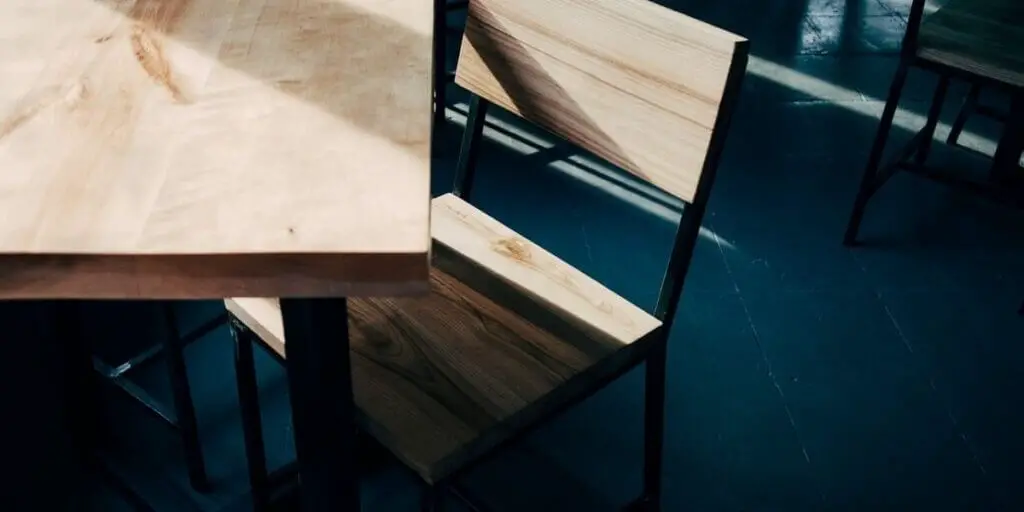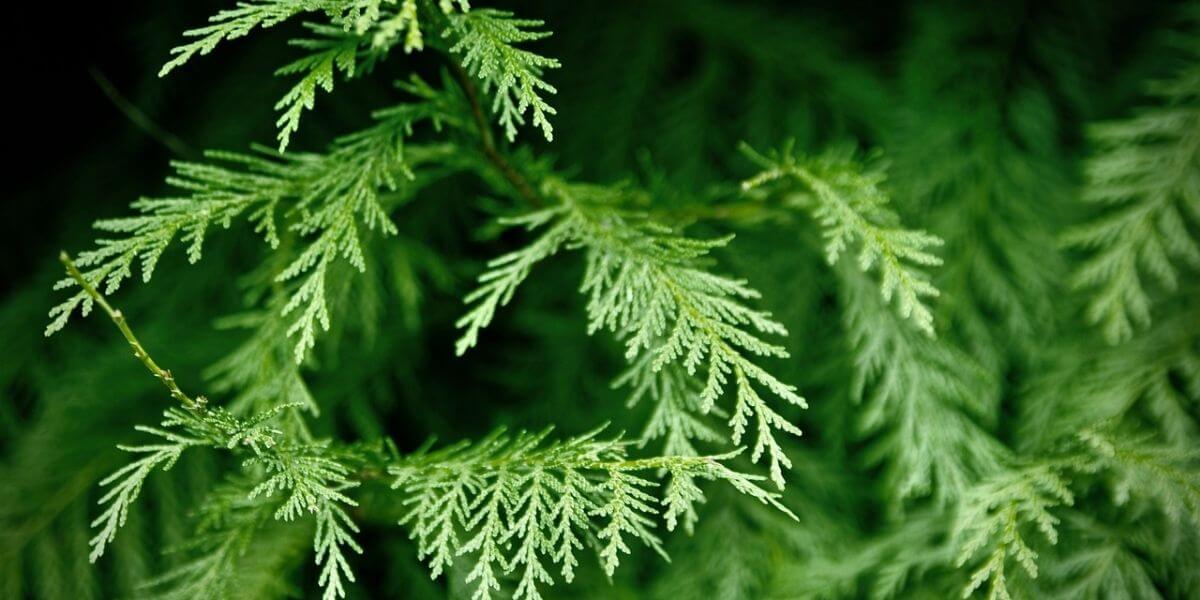Port Orford Cedar wood is stronger, more stable, and heavier than Western Red Cedar. Port Orford has a straight and regular grain with a moderate natural luster. Cedar Wood is an excellent choice for clothing storage because of its aromatic smell.
Port Orford Cedar Wood
Port Orford Cedar is also known as Lawson Cypress. The wood is lightweight, of great strength, and rot-resistant, which makes it even more valuable and unique. Its wood is also known for its highly fragrant ginger aroma.
Due to its straight grain, it is also famous for building arrow shafts. During World War II, it was used for storage battery separators. It is exported to Japan, where it is used to make coffins and for shrines and temples.
Western Red Cedar Wood
Western red cedar is also known as Pacific red cedar, giant arborvitae, western arborvitae, or giant cedar. It is native to Western North America. Its lightweight, strong, and dark make it famous for making musical instruments and sound boxes.
It is famous for being extensively used for outdoor construction. Due to its lightweight – 390 to 400 kg / m3. It is most common to make boat building.
| # | Port Orford Cedar Wood | Western Red Cedar Wood |
| Scientific Name: | Chamaecyparis lawsoniana | Thuja plicata |
| Tree Size: | 140-200 ft (42-60 m) tall, 4-6 ft (1.2-1.8 m) trunk diameter | 160-230 ft (50-70 m) tall, 7-13 ft (2-4 m) trunk diameter |
| Average Dried Weight: | 29 lbs / ft3 (465 kg / m3) | 23 lbs / ft3 (370 kg / m3) |
| Janka Hardness: | 590 lbf (2,620 N) | 350 lbf (1,560 N) |
| Odor: | Port Orford Cedar has a pungent, ginger-like scent | Western Redcedar has a strong, aromatic scent. |
| Common Uses: | Arrow shafts, musical instruments | Shingles, exterior siding, and lumber |
Port Orford Cedar vs Western Red Cedar Wood Uses

Common uses of Port Orford Cedar Wood
- It is famous for making Arrow shafts because it has a straight grain with a uniform medium to fine texture.
- Port Orford Cedar is very durable in terms of decay resistance and is also resistant to insect attacks. Its heartwood can withstand moisture well. Therefore, it is a good option for making boatbuilding, decking, and boat parts.
- It has incredible color and appearance. Color tends to darken with age when exposed to light. It is widely used for indoor applications such as doors and interior-finish millwork items.
Common uses of Western Red Cedar Wood
- It can be used for exterior applications such as shingles and exterior siding.
- The heartwood of Western Red Cedar is used to make boat buildings, decking, greenhouses, and boat parts. However, the hardness of Western Red Cedar is very low. But it is very durable regarding decay resistance.
- It has a natural beauty with an aromatic smell and is a natural insect repellent. Some types of cedar are famous for manufacturing dressers and other clothing stores.
Workability
Port Orford Cedar Workability: Easy to work with both small tools and machine tools. Hold paint well. Stains glues and finishes nicely. It finishes beautifully and produces a great appearance.
Western Red Cedar Workability: Working with both hand and machine tools is easy. But it dents and scratches very easily. Due to its softness, it does not require pre-drilling to apply the nail and screw.
Identification
Port Orford Cedar Identification
- Sapwood is a pale yellow to white, and the heartwood varies from light yellow-brown to pinkish-brown. It has straight grains with a uniform medium to fine texture.
- The bark of the Port Orford Cedar is brown, with flat ridges.
- The leaves of Port Orford Cedar are blue-green, narrow, flat, and scale-like. Leaves are arranged in decussate opposite pairs.
- The one-inch thickness of Port Orford is stronger and heavier than the one-inch thickness of western red cedar.
- It does not bear fruit.
- Odor is similar to ginger spice.
Western Red Cedar Identification
- Heartwood is reddish to pinkish brown, and sapwood is pale yellowish white.
- It has scale-like green leaves that form flat sprays. It has glossy foliage that grows in a pyramid shape. The foliage forms flat sprays with scale-like leaves in opposite pairs.
- Aromatic leaves emit the smell of pineapple when crushed.
- The color of its bark is dark brown. The bark is easily removed from trees in long strips.
- The size of a leaf is 1 to 4 mm (0.04 to 0.16 in) long and 1 to 2 mm (0.04 to 0.08 in) broad.
- The cones of Western Red Cedar are slender, 10 to 18 mm long, and 4 to 5 mm broad, with 8 to 14 thin.


Comments are closed.